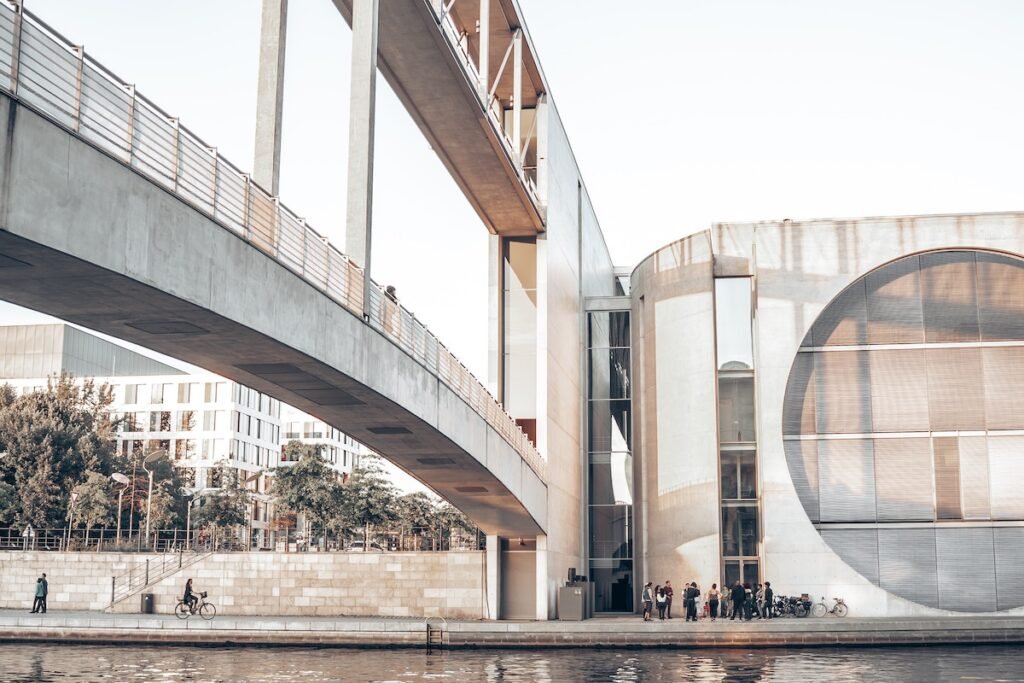Geometric photography is the art of finding and harnessing the world’s geometry through imagery. We use our cameras to turn our geometrical surroundings into powerful and dynamic images.
This article will look at ten ideas to get you started with geometric photography.
Understanding Geometric Photography
Remember geometry at school? Don’t worry. You don’t need to find your old math textbooks. All you need is your camera.
I always found myself fascinated by how shapes fit together to create spaces. Admittedly, I was never great at math. But I do think my interest pointed me in the direction of photography.
Lines, circles, spheres, and triangles. Almost every physical feature of the world is made from geometrical shapes. In photography, geometric imagery emphasizes bold shapes and patterns.
Common examples of geometric photography are found in architectural imagery. They can be geometric shapes that create abstract images. But you can also use geometric shapes in other areas of photography.
You’ll find elements of geometric photography in genres like minimalism, fine art, and fashion photography. And geometric street photography is trendy. And cityscapes are full of geometric shapes you can exploit.
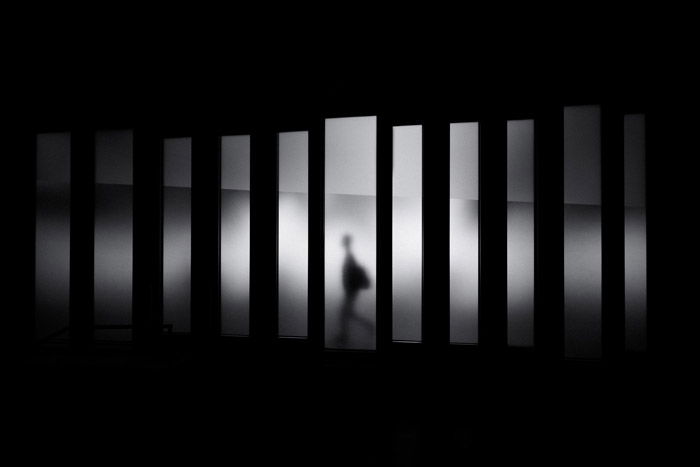
Lead With Lines
Once you start looking, you’ll find lines everywhere. Bold, thin, wavy, or sharp—there are countless types of lines. And you can use them to strengthen your composition in geometric photography.
The geometry of lines helps us visualize our surroundings. They define space, momentum, and emphasis. Lines delineate both conceptual and physical designs. They provide a scaffold for ideas and experiences.
Lines can also be the subject in your photography, conveying emotion through shape and form.
Leading lines provide a visual path for the viewer. You can use them to direct the viewer’s gaze through your photograph. And horizontal or vertical lines allow us to get our bearings within an image.
Lines and geometric photography are almost inseparable. It’s the most basic element of this visual art form.
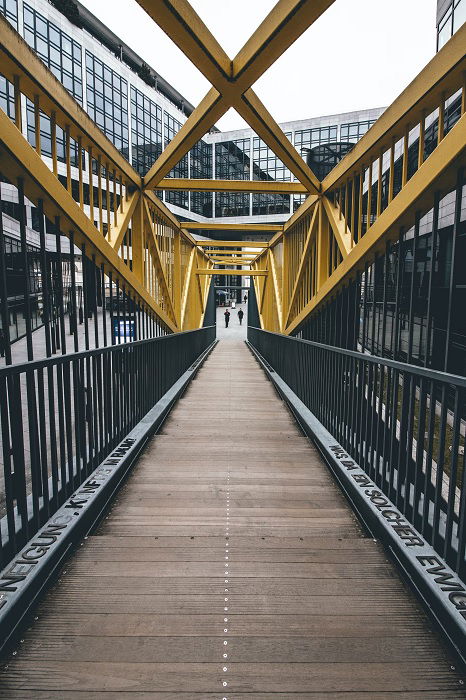
Repeat Yourself
Repetition involves repeating a subject many times for greater impact within an image. You can find geometric shapes that repeat to create patterns throughout your images. With each repetition, the geometry in the image is emphasized. It gives your geometric photography rhythm and structure. The shapes become part of the narrative of your photograph.
Repeating geometric patterns is especially effective because it creates a bold statement. The repeated geometry can direct the viewer’s eye.
Look for brick walls, windows, tiles, and flowers. Many repetitious subjects emphasize geometric qualities at the same time.

Suggest Symmetry
Symmetry is the visual balance of one or more subjects within a composition. It occurs both naturally and artificially. It is often tied to the geometric properties of a photograph. Symmetry visually and psychologically pleasing to encounter. And it adds an even flow to a photograph.
An image doesn’t need to be perfect to achieve the impression of symmetry. You can find symmetry by using reflections in glass or water. Or you can look for similar geometric shapes in your compositions.
The suggestion of geometric features evenly distributed over an image is enough. It’ll evoke the sensual experience of geometric symmetry in itself.

Use Color
Color can liven up a geometric image, snagging the viewer’s eye. But color also can work on a deeper, more psychological level. Colors are linked to emotional experiences. Different colors hold specific meanings for different people. While red shows passion, blue denotes calmness. You introduce a new layer of experience to geometric photography by incorporating color.
Bringing color theory into your work adds depth and meaning to your geometric photography. You can use different color patterns to give your images a more substantial emotional feel as Turkish photographer Yener Torun displays in the image below.
You can also use color to make your images pop. Geometric shapes give you a canvas to add blocks of bold colors. You can use the colors to emphasize the geometric patterns and shapes.
Color can add new dimensions to architectural photography. It’ll strengthen blocks and lines. And the color will add life to abstract scenes.
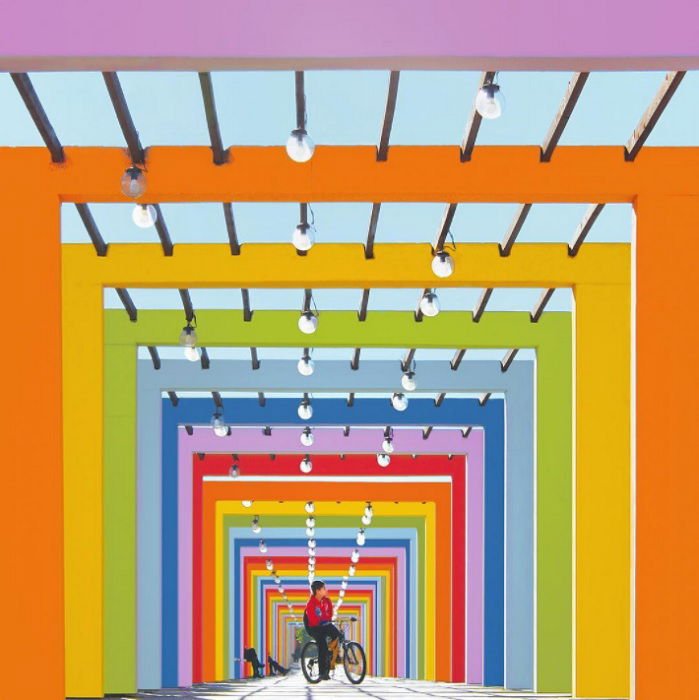
Try Black and White
Black and white can’t rely on color to get attention. It depends on shape and form. The contrast of black and white helps create dynamic shapes and lines.
You don’t have blocks of color. But you can find strong shapes made from black and white. And you can also look for contrasting shades of grey.
Black and white photography is about finding light and dark areas. Look for the regions where light meets dark. The light beams and shadows create a world of shape that surrounds you.
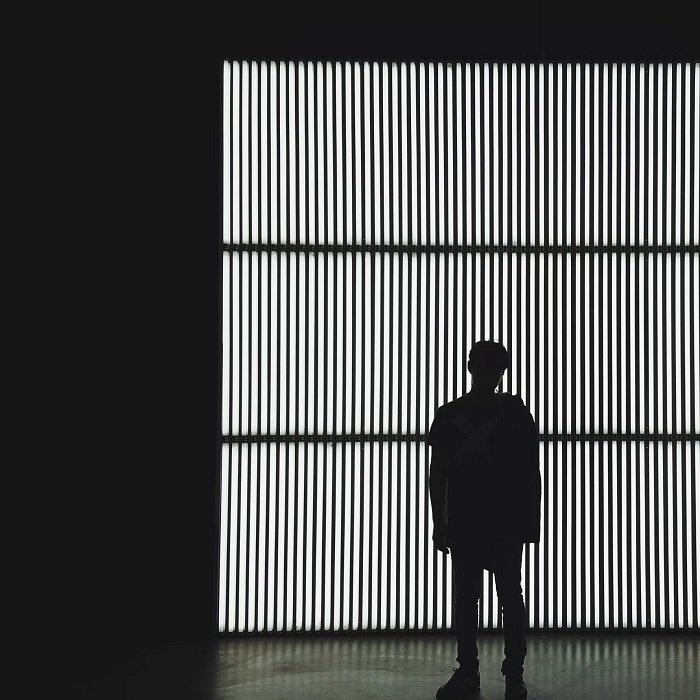
Go Textural
Texture defines the way an image feels. It allows the viewer to connect with a photograph on a physical level. Rough, smooth, wrinkly, or slippery—most subjects are made from textural qualities.
Geometric subjects operate on many textural levels. Polished metallic surfaces give an impression of smoothness and modernity. Weather-worn geometric architecture can feel rough and old. You can almost feel the rough texture of old bricks.
You can also use geometric elements as a tool to show texture. It enhances each textural component by dividing the image into digestible segments.
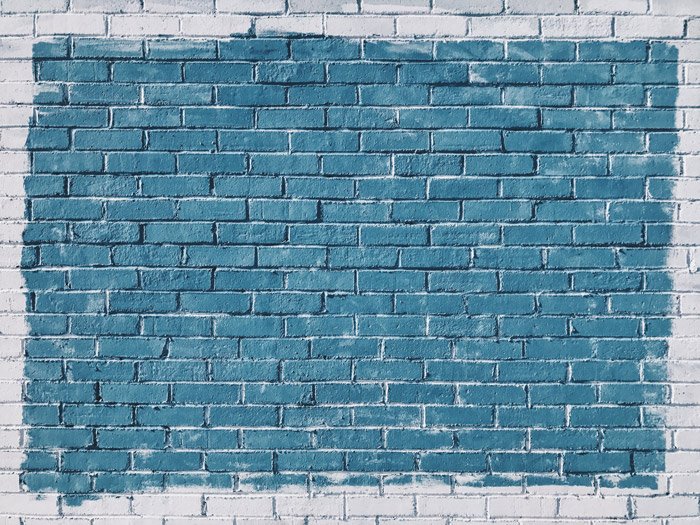
Minimize!
Minimalism has a less-is-more approach to art. It uses few elements combined with negative space, allowing each subject the space to breathe. Minimalism loves geometric shapes and lines. They’re two areas of photography that work well together.
It’s characterized by the singular or repetitious use of forms. These can include squares, rectangles, or triangles. Minimalist photography embraces bare-bones imagery. There is very little to distract the eye, giving the subject more prominence in the photo.
Over the years, minimalism has evolved. And you’ll find minimalism in many genres of photography.
Geometric minimalism has remained constant. It aims to capture the beauty of geometric photography through isolation and composition.
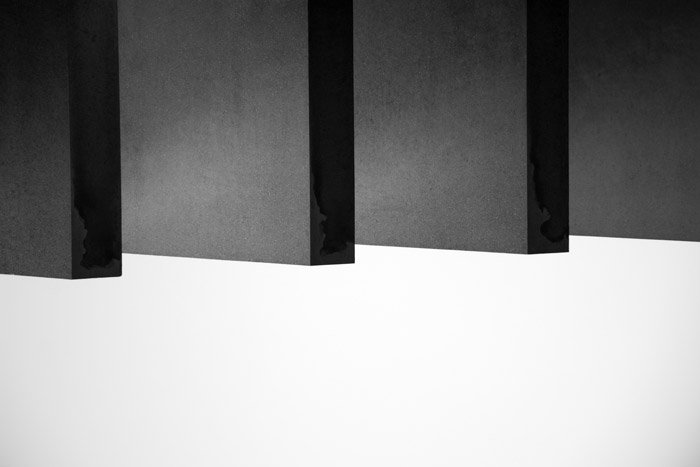
Get Some Perspective
Perspective is a powerful tool in the photographer’s toolkit. It often makes the difference between a boring image and an engaging one.
Perspective refers to the spatial relationship between a photographer and a subject. You control the point where the viewer enters the photograph by adjusting perspective. A photograph taken with a camera on the ground will render one visual experience. A camera positioned above a subject looking down, a different one.
In geometric photography, plenty of subjects appear in mundane situations and settings.
Experiment with the positioning of a camera in relation to a geometric subject. You might create an unusual and intriguing perspective.
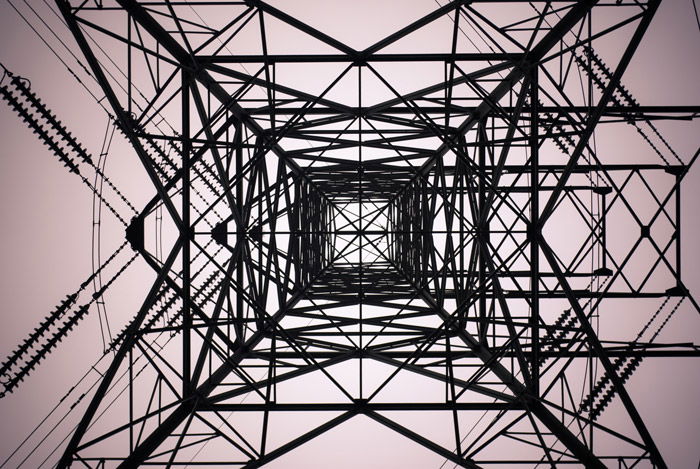
Investigate Organic/Inorganic Subjects
In geometric visual art, shapes and lines are either organic or inorganic. Organic geometry is flowy, relaxed, and smooth. It’s usually found in natural settings. And inorganic geometry is often sharp, energetic, and human-made. Distinguishing between the two can highlight the underlying themes of a geometric photograph. The inorganic geometric subject matter is ideal if you want to express modernity or energy. If you want to cultivate a sense of ease or nature, organic geometry could be the way to go. Of course, there is a point where the two can interact together. The geometric subject’s organic/inorganic flow or source will dictate the image’s mood.
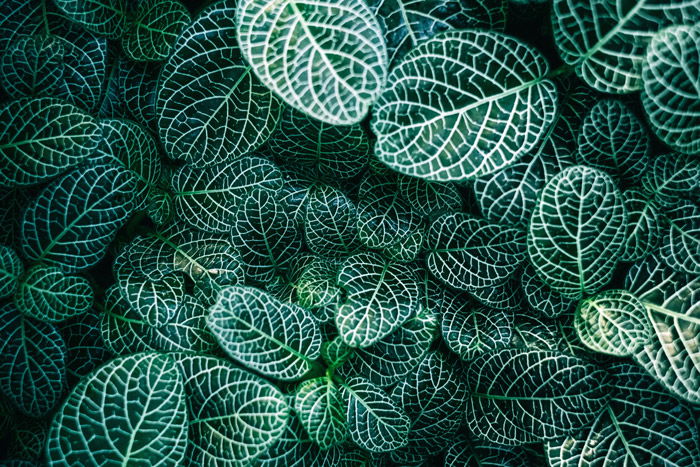
Find Geometry in Architecture
We have to mention the most popular geometric subject—architecture. From ancient history, humans have sought shelter in fabricated structures. These structures evolved to be a testament to art and ingenuity as human dwellings.
Recording geometrical features in architectural photography speaks to our desire for order. And it celebrates the geometric designs of old and new buildings. We see how something as vital as shelter can become an art form.
Geometric photography can focus on individual buildings. It can even be a study of a small section of a building. Or you can look for geometric studies in cityscape photography. There are bold shapes and hard lines. The urban landscape is the ideal location for a geometric photographer.
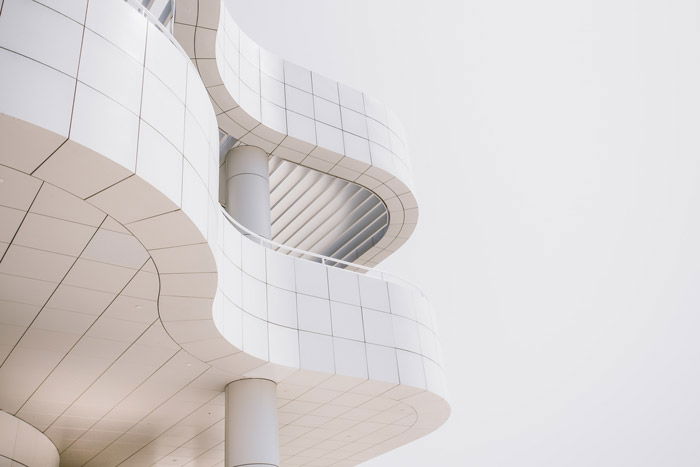
Conclusion
Geometric photography appeals to viewers who seek aesthetic studies of the physical world. It’s about finding lines and shapes in the world around us. It examines organic and inorganic environments.
By focusing on geometry, you create engaging photography. And it’s grounded in an innate human tendency to try and make order out of our visual environment.

